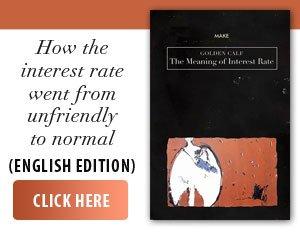Women live longer than men, this is a finding present in almost all cultures and eras. A large international study, led by the Max Planck Institute for Evolutionary Anthropology in Leipzig, offers one of the most comprehensive explanations to date: differences in longevity between the sexes are inscribed in evolutionary biology and reflected in the entire animal world, not just in humans. The researchers analyzed data from more than 1,100 species of mammals and birds, collected from zoos and conservation centers around the world. The goal: to find out whether females generally live longer than males - and, above all, why. The results, published in the journal Science Advances, show a clear pattern: in mammals, females live on average 13% longer than males; in birds, the balance is reversed - males live on average 5% longer than females. This seemingly paradoxical reversal is the key to deciphering the biological mechanism of longevity.
• Chromosomes, the key to longevity
A central explanation lies in the genetics of sex-known as the "heterogametic sex hypothesis.” In mammals, females have two X chromosomes (XX), and males have one X and one Y (XY). The double X chromosome provides additional genetic protection against harmful mutations. Thus, if one X chromosome contains a defective gene, the other can compensate for it. In birds, however, the system is reversed: females are heterogametic (ZW), and males are homogametic (ZZ). Therefore, female birds have a greater genetic vulnerability, which explains why males tend to live longer in this class.
• Mating strategies and the price of competition
But genetics do not tell the whole story. In many species, lifespan is closely linked to reproductive strategies. In polygamous species, males compete intensely for access to females, which involves stress, fighting, physical exertion and increased risk of injury. This costly competition leads to a shorter life expectancy. Examples include lions, deer or baboons, where dominant males often live shorter lives than their younger rivals or than females. In contrast, in monogamous species, such as many birds, competition is reduced, and males who cooperate in caring for their young may live longer.
• Parental role and life energy
Another essential factor is parental behavior. In most species, it is the female who invests more in caring for her young. This selective strategy causes evolution to favor maternal longevity, to ensure the survival of her offspring to adulthood. In primates, for example, female gorillas, chimpanzees or orangutans often live many years longer than males, and this advantage is correlated with the long period of caring for their young. To assess the influence of the environment, the researchers compared animals in the wild with those in captivity. In zoos, where there are no predators, infectious diseases or food shortages, the sex differences have narrowed but not disappeared. "The fact that female mammals continue to live longer even under controlled conditions suggests that this phenomenon has deep biological roots,” says the report by the team led by Dr. Paul Hellemann of the Max Planck Institute. The situation is similar in humans: medical advances, balanced nutrition and healthier lifestyles have reduced the gap in life expectancy between women and men, but it remains significant in all countries.
• Echoes of evolution in modern life
The researchers conclude that longevity bears the imprint of natural selection. Differences in lifespan between the sexes have formed over millions of years as a result of reproductive strategies, parental roles and genetic architecture. "Life span is not a coincidence, but an expression of the evolutionary strategy of each sex,” the study authors say. Thus, even though modern medicine can extend the lives of both sexes, the "echo of evolution” remains imprinted in the DNA. Women - like females in the animal world - live longer, on average, because evolution has made them the guardians of the species' longevity.

























































